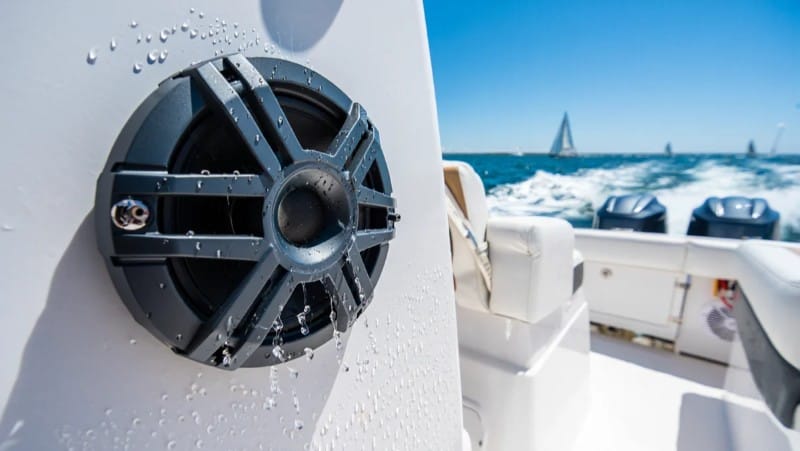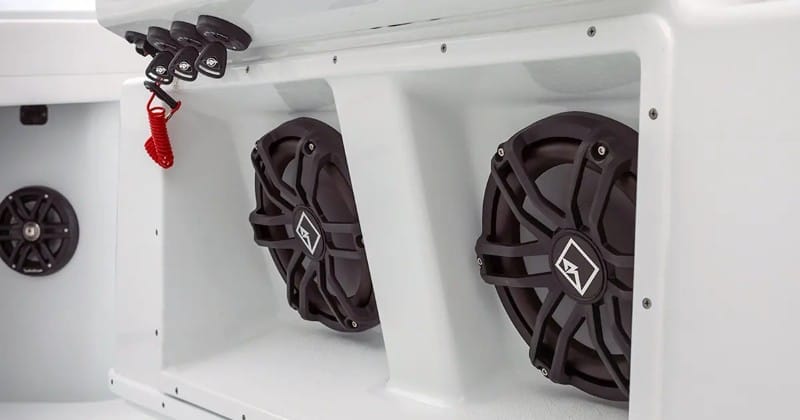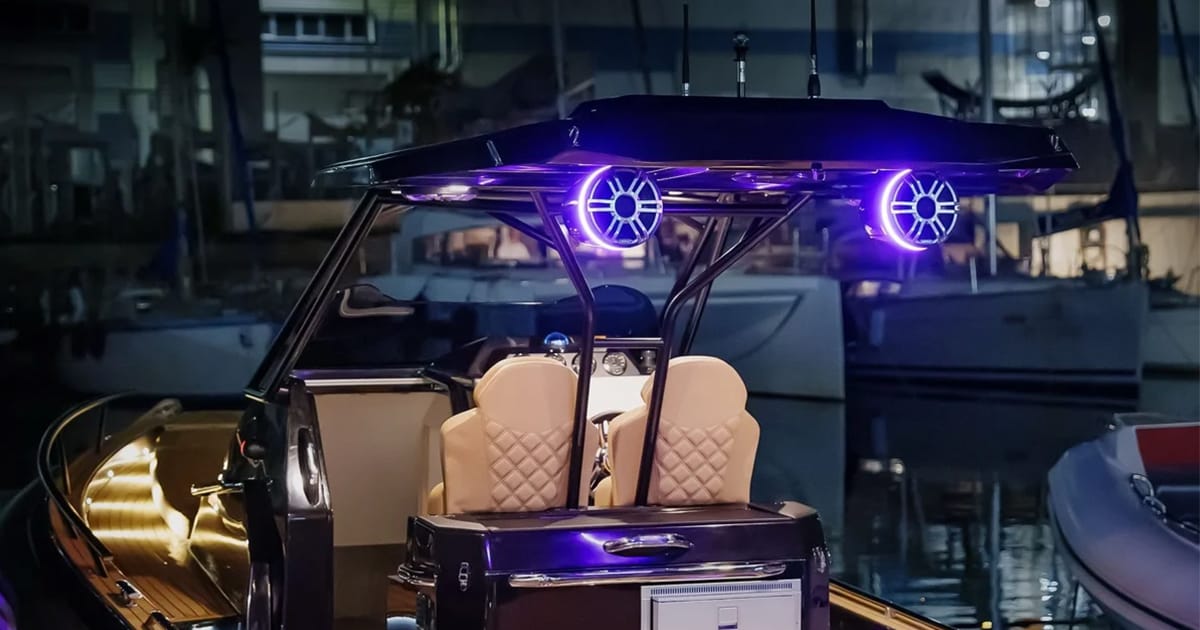There’s nothing quite like spending a sunny day out on the water, and having the right soundtrack only enhances the experience. Whether you’re hosting a dockside gathering or enjoying a peaceful solo cruise, upgrading your boat’s stereo system can take your time on the water to another level. But unlike in a car, audio equipment on a boat faces a much tougher environment. That means choosing the right gear and installing it properly is essential.
At BestCarAudio.com, we’ve worked with some of the best marine audio installers in the industry. Drawing from that experience, here are our top expert tips for upgrading your boat’s sound system the right way.
Understand the Demands of the Marine Environment

One of the biggest mistakes we see is people trying to repurpose car audio components for marine use. It might save money initially, but it rarely ends well. Marine audio equipment is designed to withstand constant exposure to moisture, salt, vibration and UV radiation. Even something as simple as the sun beating down on a head unit can destroy standard electronics in short order.
If you’re serious about a marine audio upgrade, start with gear that’s built specifically for boats. That means marine-rated amplifiers, speakers, source units and wiring. Reputable brands like JL Audio, Wet Sounds and Rockford Fosgate test their gear to survive long-term use in some of the harshest conditions on the planet.
Plan Your System Around How You Use Your Boat

Every boat is different, and so is every boater. Some people want a simple stereo they can stream music through, while others want full-blown multi-zone sound systems that can rock a party across the entire marina. Before you buy anything, think about how and where you use your boat. Do you need sound on the bow and stern independently? Are you often underway, where wind and engine noise can overpower weak speakers?
Understanding your use case will help determine the size and power of the speakers you need, the number of amplifiers, and whether you should consider subwoofers or zone controllers. A well-planned system isn’t just louder—it’s smarter, more reliable, and more enjoyable.
Don’t Cut Corners on Installation

Marine audio installation is where many DIY upgrades fall short. Boats present unique challenges: limited mounting space, exposure to water and salt air, and complex electrical systems. That’s why it’s so important to use marine-grade wiring, connectors and fasteners. Tinned copper wire resists corrosion, and sealed, heat-shrink connectors prevent moisture intrusion that could short out your system—or worse, damage your boat’s electrical components.
Routing wiring above the deck level where possible, securing equipment properly, and keeping amplifiers away from splash zones can extend the life of your investment dramatically. When in doubt, consult a professional who specializes in marine installations. A certified technician knows how to work with fiberglass, route cabling through tight spaces, and maintain electrical integrity across multiple zones and devices.
Choose a Feature-Rich Marine Head Unit

Modern marine source units do more than just play FM radio. Bluetooth streaming, USB connectivity, and satellite radio are common features now, along with compatibility with marine network systems like NMEA 2000. Some head units offer app-based control, so you can adjust volume, source, and zone output from your phone. Others come with weatherproof remotes or touchscreen displays designed to be readable in direct sunlight.
If your current stereo is more than a few years old, upgrading to a new head unit can be a game changer—not just for better sound, but for improved usability and reliability on the water.
Don’t Forget the Bass

Open air eats bass, and on a boat, the lack of enclosed cabin space makes it even harder to reproduce low frequencies. That’s why adding a marine subwoofer is often one of the best upgrades you can make. It fills out the sound, adds depth to your music, and allows the rest of the system to perform more efficiently.
Of course, adding a sub requires more than just dropping a woofer into the boat. You’ll need proper amplification and an enclosure made from marine-safe materials. And as always, the sub needs to be mounted securely so it doesn’t shift or rattle under power or waves.
Wrap-Up: Build a System That Performs and Lasts
Upgrading your boat’s stereo system can be a rewarding project that brings years of enjoyment—but only if it’s done right. By choosing true marine-rated gear, planning your system around your boat and how you use it, and ensuring a proper installation, you’ll end up with a sound system that performs just as well offshore as it does on land.
For more insights and product reviews on the latest in marine audio, be sure to check out our Marine Audio category. And if you’re ready to take the next step, find a qualified installer near you to help design the perfect marine audio system for your boat.

